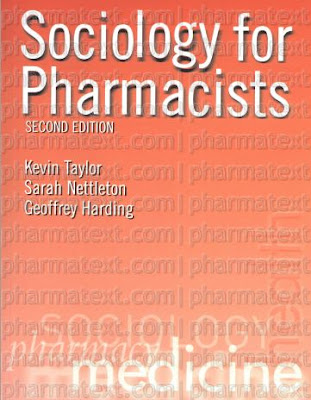
Randomized clinical trials are the gold standard for establishing many clinical practice guidelines and are central to evidence based medicine. Obtaining the best evidence through clinical trials must be done within the boundaries of rigorous science and ethical principles. One fundamental principle is that trials should not continue longer than necessary to reach their objectives. Therefore, trials must be monitored for recruitment progress, quality of data, adherence to patient care or prevention standards, and early evidence of benefit or harm. Frequently, a group of external experts, independent from the investigators and trial sponsor, is charged with this monitoring responsibility, especially for safety and early benefit. This group is referred to by various names, such as a data monitoring committee or a data and safety monitoring board. This book, through a series of case studies presented by many distinguished clinical trial experts, illustrates the complexity of this monitoring process. The editors provide an overview of the process and a summary of a multitude of the lessons learned from the cases presented.
This book should be useful to anyone serving on a data and safety monitoring board, or planning to do so, for colleagues in academia, industry and governmental agencies, and for teaching students in biostatistics, epidemiology, clinical trials and medical ethics. No other text has as extensive a collection of cases which provide insight into the many issues, often conflicting, that must be examined before recommendations to continue or discontinue a trial can be made. While depth in statistical methods is not required, some familiarity with statistical design and analysis issues in clinical trials is helpful. The cases cover trials which were terminated early for convincing evidence of benefit, or for harmful effects. Cases with complex issues are also included. This series of cases should provide broad background information for potential monitoring committee members and better prepare them for the challenges that may exist in the trials for which they are responsible.
The three editors have contributed two overview chapters as well as several case studies to go along with cases contributed by a distinguished group of colleagues experienced in the design, monitoring and analysis of clinical trials. Dr. David DeMets is currently Professor and Chair, Department of Biostatistics and Medical Informatics at the University of Wisconsin-Madison. He is past president of the Eastern North American Region (ENAR) of the International Biometric Society, a past member of the Board of Directors of the American Statistical Association and an elected Fellow. He recently received the Robert Gordon Lectureship Award, given by the National Institutes of Health, for significant contributions to the field of clinical trials. Dr. Curt Furberg, is currently Professor (and former Chair) of the Department of Public Health Sciences at Wake Forest University. Previously, he was Head of the Clinical Trials Branch and Associate Director of the Clinical Applications and Prevention Program at the National Heart, Lung, and Blood Institute. Dr. Lawrence Friedman is a former Director of the Division of Epidemiology and Clinical Applications and a former Assistant Director for Ethics and Clinical Research at the National Heart, Lung, and Blood Institute. All three are past presidents of the Society of Clinical Trials. The editors have collaborated previously as coauthors of a text: the Fundamentals of Clinical Trials.
 Pharmacoeconomics is a new word but decisions about which treatments are available within any health care system have always been influenced by the availability of resources. Today, the economics of care and treatment are major issues for governments and health services throughout the world. This is the first text to provide an authoritative economic evaluation of the use of drugs in psychiatry. The authors have reviewed the world literature on the subject and include all the most recent data. The book provides pragmatic but scientifically robust reviews of the pharmacoeconomic aspects of drug prescribing in order to improve clinical practice. With the ultimate aim of ensuring that resources are used to the best effect and thus improve the health and quality of life of people with mental health problems, this practical handbook is an important text for psychiatrists and GPs, as well as for health service providers and managers.
Pharmacoeconomics is a new word but decisions about which treatments are available within any health care system have always been influenced by the availability of resources. Today, the economics of care and treatment are major issues for governments and health services throughout the world. This is the first text to provide an authoritative economic evaluation of the use of drugs in psychiatry. The authors have reviewed the world literature on the subject and include all the most recent data. The book provides pragmatic but scientifically robust reviews of the pharmacoeconomic aspects of drug prescribing in order to improve clinical practice. With the ultimate aim of ensuring that resources are used to the best effect and thus improve the health and quality of life of people with mental health problems, this practical handbook is an important text for psychiatrists and GPs, as well as for health service providers and managers.































